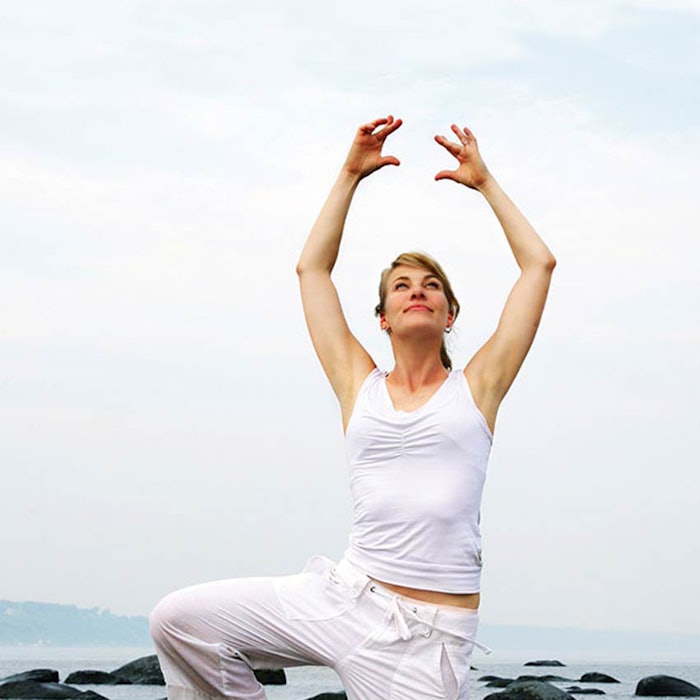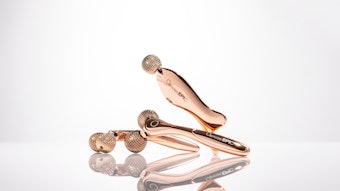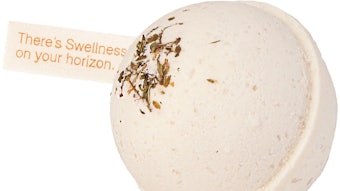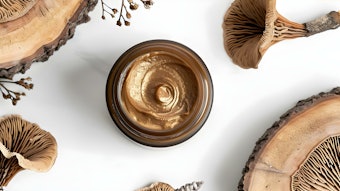
April is National Stress Awareness Month. Most people don’t need a special month to know that they have stress in our lives; it’s inevitable—the demands of work life, family life, illness, etc. No one lives a stress-free life.
What exactly is stress?
Stress is a state of mind created by emotional or mental strain. It begins as a thought or perception of a situation, but eventually becomes something physical—everyone reacts differently. For some, the heart rate increases while others sweat, have stomach cramps, can’t sleep or experience skin breakouts. What begins as a mental state of mind becomes something physical. Recognizing stress and being mindful of what causes it is the first step in dealing with and preventing physical distress.
As a provider of whole-istic skin care solutions, I recognize that stress impacts the condition of skin significantly. In fact, there is a fairly new field of medicine, called psychodermatology that focuses on the intricacies of the mind-skin connection. Physicians who specialize in psychodermatology treat skin problems that are caused or worsened by stress. This is a very real phenomenon.
The study of psychodermatology: The skin-stress connection
The mechanism behind the skin-stress connection is multifaceted. When a person becomes stressed, the level of the body’s stress hormone, called cortisol, rises. This increase signals sebaceous glands to produce more oil, which leads to oily skin and acne.
The extra cortisol also causes a biochemical reaction which depletes B and C vitamin stores. The connection? Vitamin C is required for collagen formation and B vitamins support cellular oxygenation and circulation. Therefore, when under stress it’s even more important to eat 5–7 servings of antioxidant-rich fruits and vegetables per day, and consider some supplementation as well.
Additionally, stress makes it more difficult for skin to heal because it reduces the barrier function of the skin, resulting in water loss and an inability to repair damage after injury.
Finally, stress increases blood flow, which leads to inflamed capillaries and exacerbation of conditions such as rosacea. The skin is the body's largest organ and is the first line of defense from all sorts of environmental toxins—from UV radiation to pollutants. Keeping skin healthy is critical to maintaining overall health.
The challenge is to recognize stress triggers and take small steps to manage stress. Following are five suggestions for learning to put stress in its place.
1. Everyone is busy, so make time for yourself.
Even if it’s just 10 minutes per day, find a quiet spot, sit and just relax and meditate. Mark this time on the calendar. Some like to use guided meditations that can be downloaded to your iPod, while others use this time to pray or just sit quietly and reflect. You will be surprised at how powerful this exercise is once you get the hang of it!
2. Keep a gratitude journal.
Studies tell us that the simple act of being thankful causes a reduction in stress hormones. Keep a journal on the nightstand and at the end of the day write down three things that you are thankful for. Be open to the small things—think beyond just being thankful for family and friends. Are you thankful that the traffic was light today? Did it make you feel happy to see the beautiful blue sky this morning? Look around and reflect on the small things that enrich your life. Consider doing this with a partner so you are making a commitment to the practice.
3. Exercise!
Find time each day for physical activity. Physical activity helps to increase the production of the brain's feel-good neurotransmitters, called endorphins. Even if you only have 15 minutes, take a walk, do some sit-ups and push-ups, or yoga poses. You don’t have to put in an entire hour at the gym to realize the benefits—just move your body.
4. Try essential oils.
Frankincense is a botanical superstar in this category and has been clinically shown to provide calming mood support. Lavender, mandarin orange and neroli are three other essential oils with solid evidence to support their calming ability. There are some amazing moisturizing body oils that are essential oil-infused with these botanicals that make a nice addition to a daily stress-reduction regimen.
5. Be mindful.
Take time to notice how certain people, places and things make you feel. Do you have a coworker who irritates you? You can’t change the other person, but consider how you might change your perception of the situation. A 2013 study by researchers showed that after an eight-week course of mindfulness practice, the brain’s “fight or flight” center, the amygdala, appears to shrink.1 This primal region of the brain, associated with fear and emotion, is involved in the initiation of the body’s response to stress.
Remember, stress comes from your perception of a situation. We can all choose to let stress take over, or we can put it in its place and preserve our mental and physical well-being.
REFERENCES
1. AA Taren, JD Credwell, PJ Gianaros, (2013) Dispositional mindfulness co-varies with smaller amygdala and caudate volumes in community adults, PLoS ONE, 8(5): e64574. doi:10.1371/journal.pone.0064574











